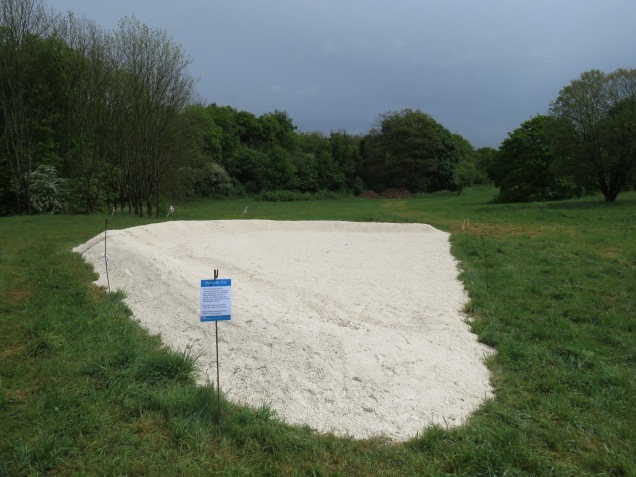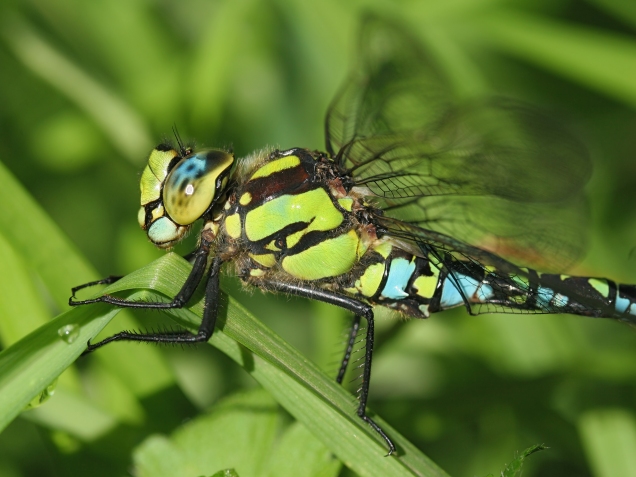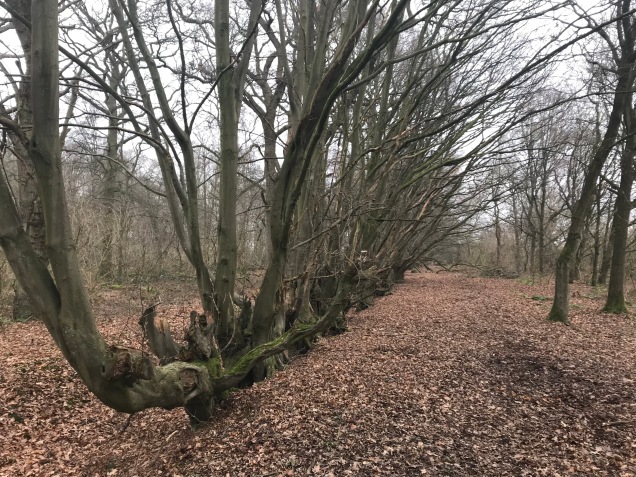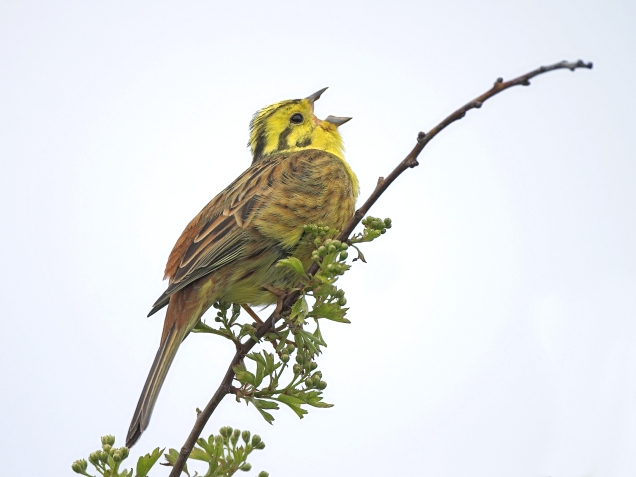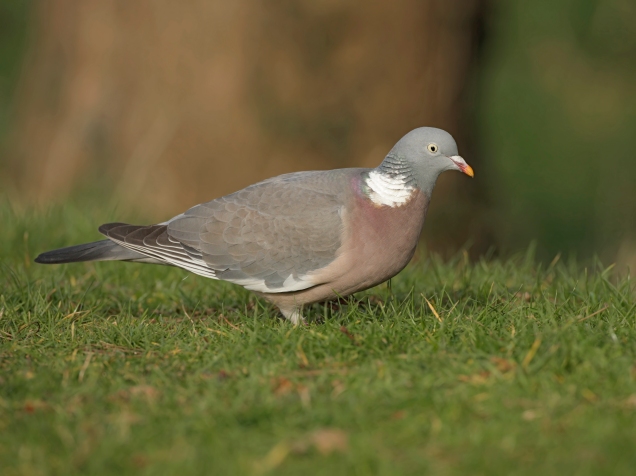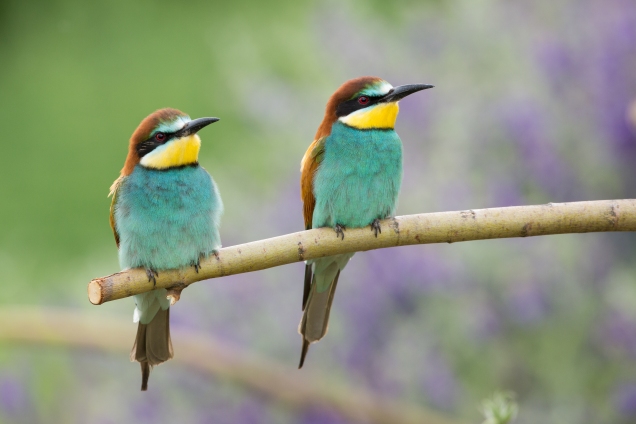The giddy heights of May’s natural song and dance have peaked and June stretches out with a verdant and voluptuous greenery bursting with life. All that birdsong, all that posturing, the territorial barking of the Muntjac and the dive-bombing aerial displays of Buzzards have culminated in one thing: offspring! The air is filled with the sound of newborn squeaking, cheeping and pleading – one thing on their minds: food!
It’s a pleasant sound and from every corner of my garden the calls of Great and Blue Tits keep up a constant rhythm – some from fledged birds and some from their less daring siblings still holed-up in the nest boxes and bushes. Starlings, that have been largely invisible until now, are suddenly descending in noisy flocks on the lawn to feed. If it weren’t for their uniform squabbling you’d think they were two separate species: the adults resplendent in glossy blue-black sheened feathers but the new juveniles pale and plain in a simple brown plumage.
To accompany this burst of new life an equally vital explosion of insect life provides a feast for hungry mouths. I find myself increasingly stopped in my tracks by the sheer profusion of insect life, some dazzlingly beautiful and some verging on the bizarre! I sense myself undergoing a kind of conversion or maybe ‘an expansion’ to a world I have until now not really noticed in detail. With a new pair of binoculars that can focus right down to four feet I can now examine the inhabitants of leaves, riverside reeds and dragonflies that alight on the path ahead. What greets my eyes has been quite a revelation: an endless world of intricate beauty and diversity.
Whether it is the glossy metallic green Swollen-thighed Beetles resting on the petals of Michaelmas Daisies or the solid gold ingot of a female Broad-bodied Chaser (a kind of dragonfly) atop a twig it seems the greenery of June is bejeweled with hidden gems at every turn.
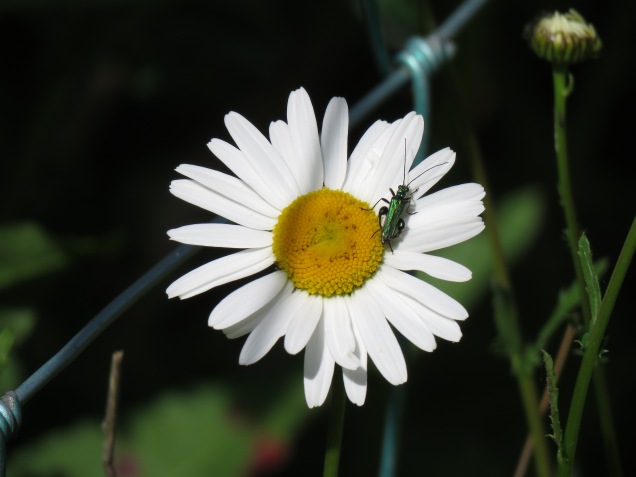

With each new discovery – Red-headed Cardinal Beetle and Long-jawed Orb Weaver Spiders just recently – a realization is dawning that what I am looking at is actually the main act. The larger more showy flora and fauna unsurprisingly capture our attention – singing birds, shy deer and floral blooms – but underlying all of them is a miniature world of insect life feeding, pollinating and supporting all life.

From beneath the top of the soil to high in the atmosphere our world is populated by a plethora of bug life critical to its survival. It has been estimated that on a summer’s day upward of three billion insects are passing over our heads. This aerial plankton is of course the diet of our summer-visiting Swifts, already back over our towns and hoovering up insects and spiders in their wide-open gapes, either for themselves or their new brood in the nest.
Looking through my binoculars recently into what appeared to the naked eye to be a crystal clear blue sky I could see hundreds of black dots rising on the breeze. In the same view Swifts scythed back and forth enjoying this floating meal. Above them higher still another predator circled too – a cause of concern not just for the insects but for the Swifts too. Peregrine-like and as agile as a Swift, the Hobby is master of the summer skies. Visiting us from Africa to breed, this small falcon is perhaps the only bird capable of catching a Swift in flight and regularly does.
Later in the year the Hobbies will be hawking dragonflies over pools and lakes and watching a Hobby feeding her three young last year I was astounded at the rate of insect-consumption: just one short circuit would bring a hapless dragonfly back to the waiting young beaks. The frequency and efficiency of these forays emphasized the importance of abundance when it comes to insect life.
With so much of our birdlife in sharp decline and a scientific report published earlier this year revealing that over 40% of insect species are nearing extinction globally, it is perhaps time to turn our attentions to this tiny world that we are apt to squash, spray, run from and at best brush aside!

To read this article as it appears in the Herts Advertiser please click here

